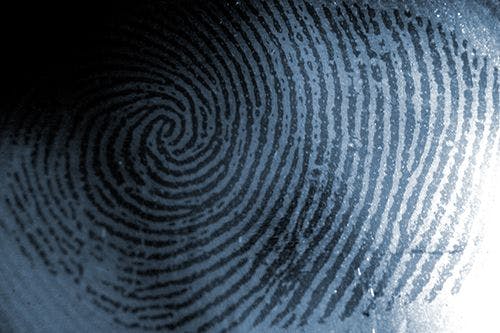Investigating Gaul Head Embalming Using GC–MS
The analysis of skeletal remains using GC–MS from Gaul settlement excavations in Southern France has confirmed the ritualistic practice of head embalming in ancient Gaul culture.
Photo Credit: pict rider/stock.adobe.com

The analysis of skeletal remains using gas chromatography–mass spectrometry (GC–MS) from Gaul settlement excavations in Southern France has confirmed the ritualistic practice of head embalming in ancient Gaul culture (1).
The practice of ritualistic head display is well documented within Celtic Gaul culture with classical textual sources documenting that decapitated enemy heads were hung around their horses’ neck to be transported back to settlements to be displayed. The textual evidence is further supported by sculpting iconography recovered from the time (2) and the remains of human skulls with iron nails inside them - remnants of the mounting process. Pillars and lintels with cavities of the approximate dimensions and shape of a human skull have also being found.
Despite the practice being well-documented, the details surrounding the head preservation process have been lost to time. The only reference to the process is in Greek literature which asserts that the Celts embalmed decapitated heads with ‘cedar oil’. However, historians have noted that this cedar oil may be the local Pinacea oil that the Greek authors misidentified because the two oils have a similar aroma. The discovery of severed heads in an excavation site in Le Cailar, France, offered an opportunity to perform analyses and verify the presence of possible embalming remnants on the cranial remains.
Using GC–MS researchers analyzed a large variety of skull fragments found at the site and compared them to animal bones recovered at the same site. The animal bones acted as blanks to compare against the results of the skull fragment analysis.
The analysis revealed the presence of saturated and unsaturated fatty acids, monoacylglycerols, sterols, alkanes, alkanols, and biomarkers of conifer resins (1). The presence of retene and the high amount of fatty acids in the samples was attributed to the process of resins beings heated and mixed with plant oils, which was a common practice in many ancient cultures. These mixtures were known for their anti-bacterial, anti-oxidative, and aromatic properties. The odour reduction and anti-bacterial properties of this mixture would have made it ideal for severed head preservation. None of the animal samples tested contained the conifer resin biomarkers.
Despite this new evidence confirming the embalming process, the precise method still remains unclear. The heads may have been dipped in the oil or covered with the pinacea mixture using a tool. The persistence of the embalming material in the samples could be attributed to large quantities of the preserving material being used during the first preservation process or evidence that multiple treatments were applied during the lifetime of the heads display in order to continue preservation. This would fit the Gauls’ legendary attachment to their grizzly trophies as noted by ancient Greek historians Strabo and Diodorus of Sicily, who wrote: “They never gave back the head belonging to the most famous and brave person, even for an equal weight of gold” (2).
References
- S. Ghezal et al., J. Archaeol. Sci. https://doi.org/10.1016/j.jas.2018.09.011
- Strabo, IV, 4, 5 in Lasserre (1966).

Characterizing Plant Polysaccharides Using Size-Exclusion Chromatography
April 4th 2025With green chemistry becoming more standardized, Leena Pitkänen of Aalto University analyzed how useful size-exclusion chromatography (SEC) and asymmetric flow field-flow fractionation (AF4) could be in characterizing plant polysaccharides.
Investigating the Protective Effects of Frankincense Oil on Wound Healing with GC–MS
April 2nd 2025Frankincense essential oil is known for its anti-inflammatory, antioxidant, and therapeutic properties. A recent study investigated the protective effects of the oil in an excision wound model in rats, focusing on oxidative stress reduction, inflammatory cytokine modulation, and caspase-3 regulation; chemical composition of the oil was analyzed using gas chromatography–mass spectrometry (GC–MS).









